Musical Theater Songwriting Challenge: Winter Break Song Share!
06:00 pm ~ 09:00 pm
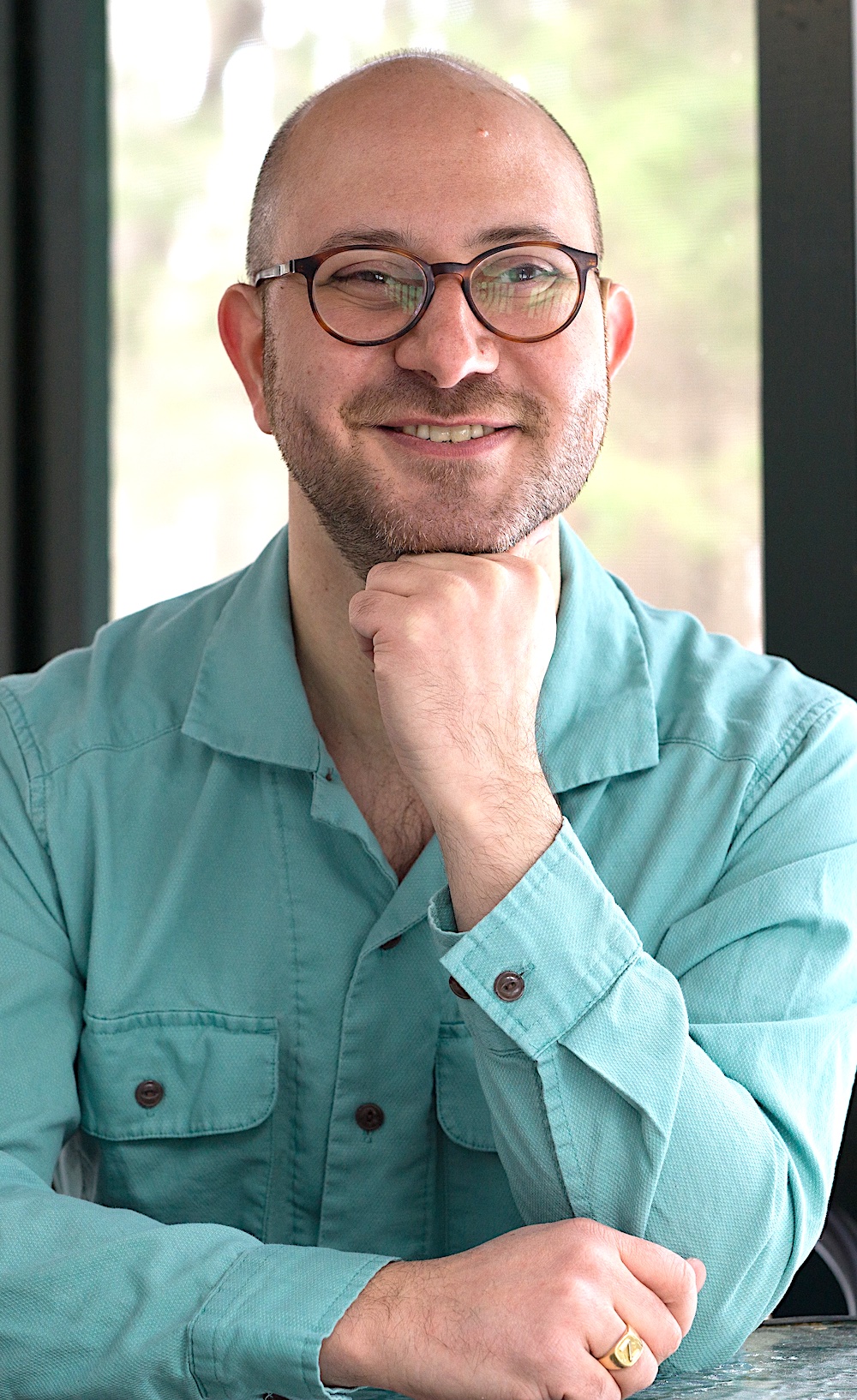
Photo courtesy of Jeffrey Zuckerman
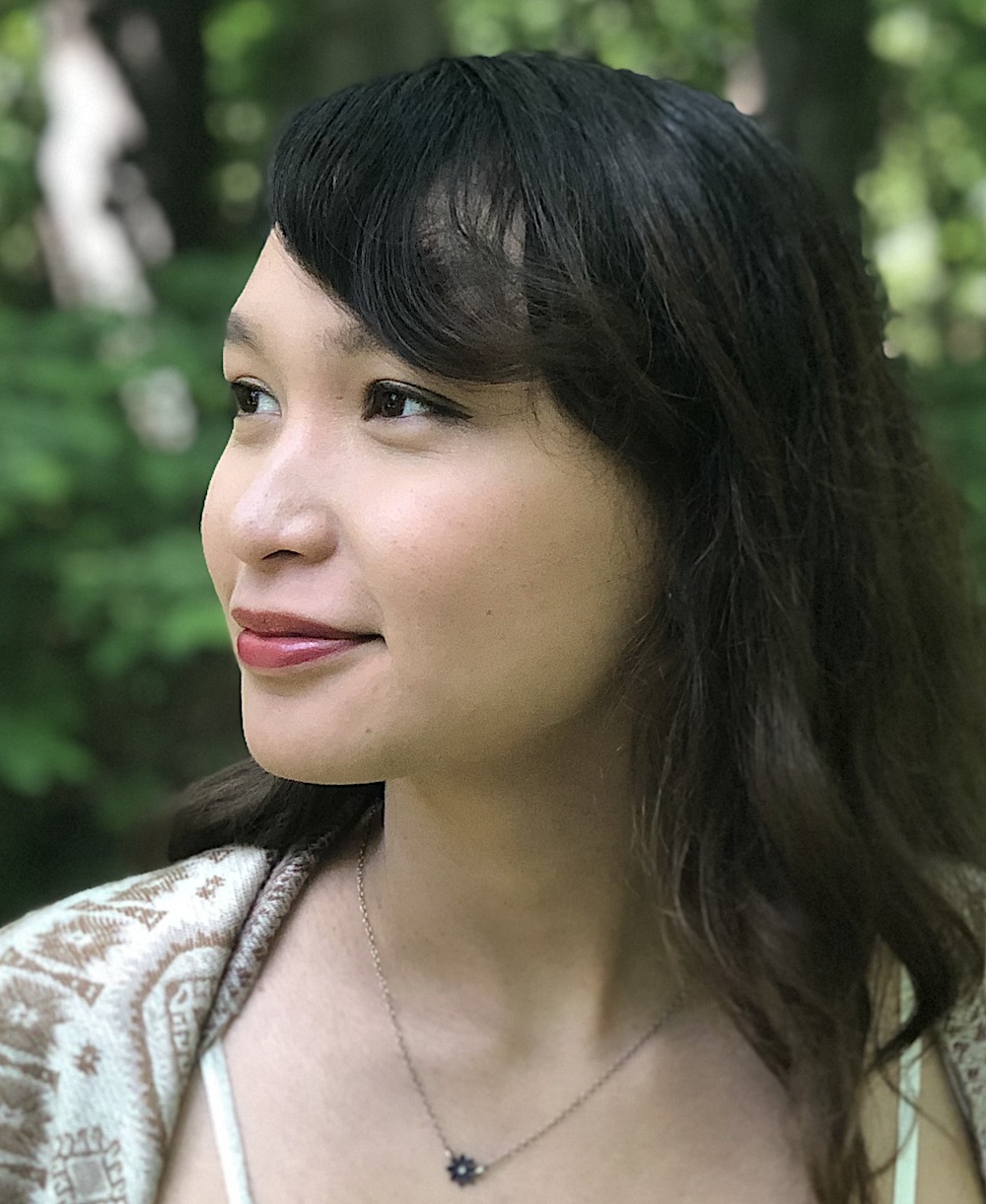
Photo by Ryan Guglietta
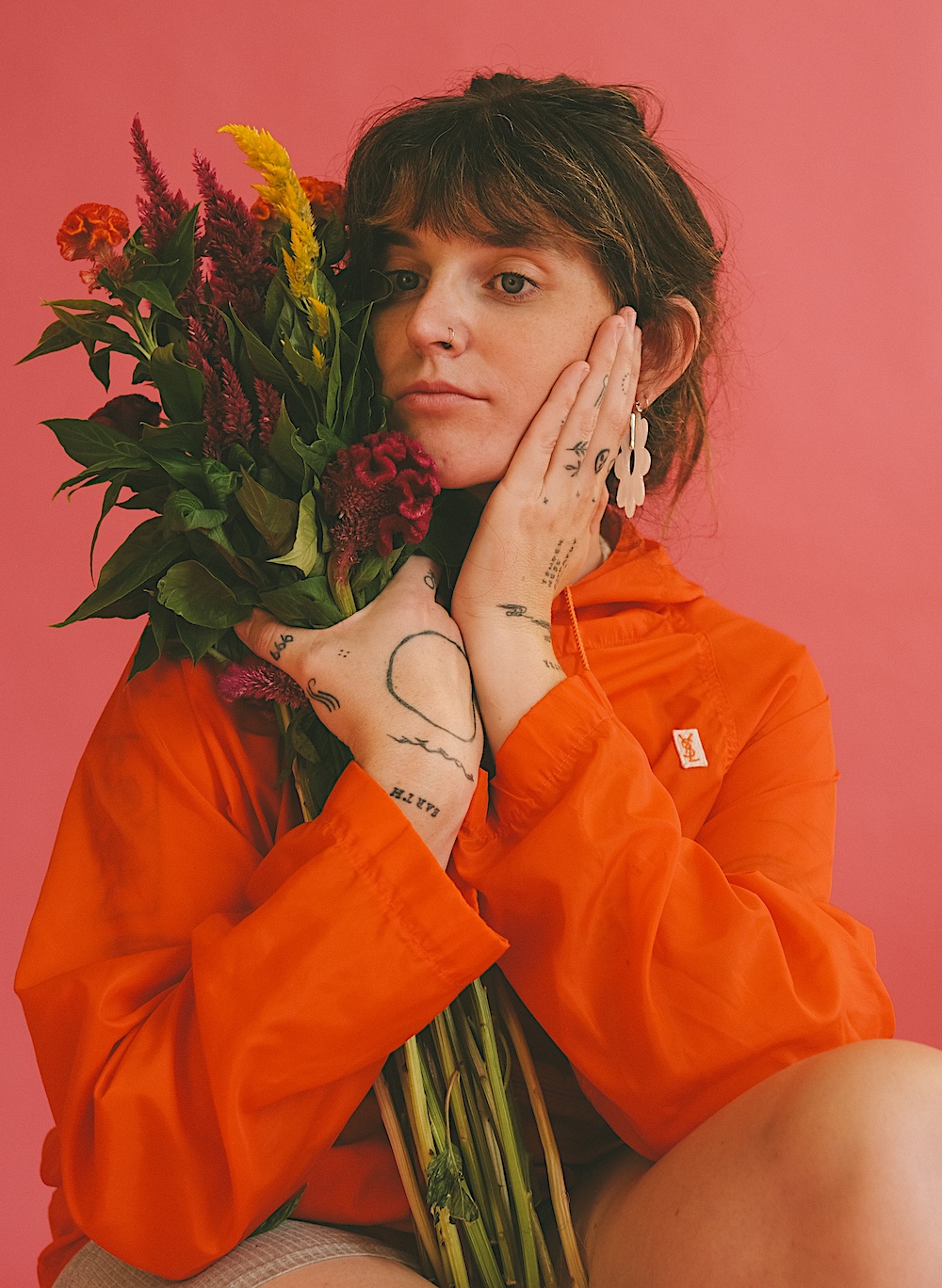
Photo by Kate Sweeney
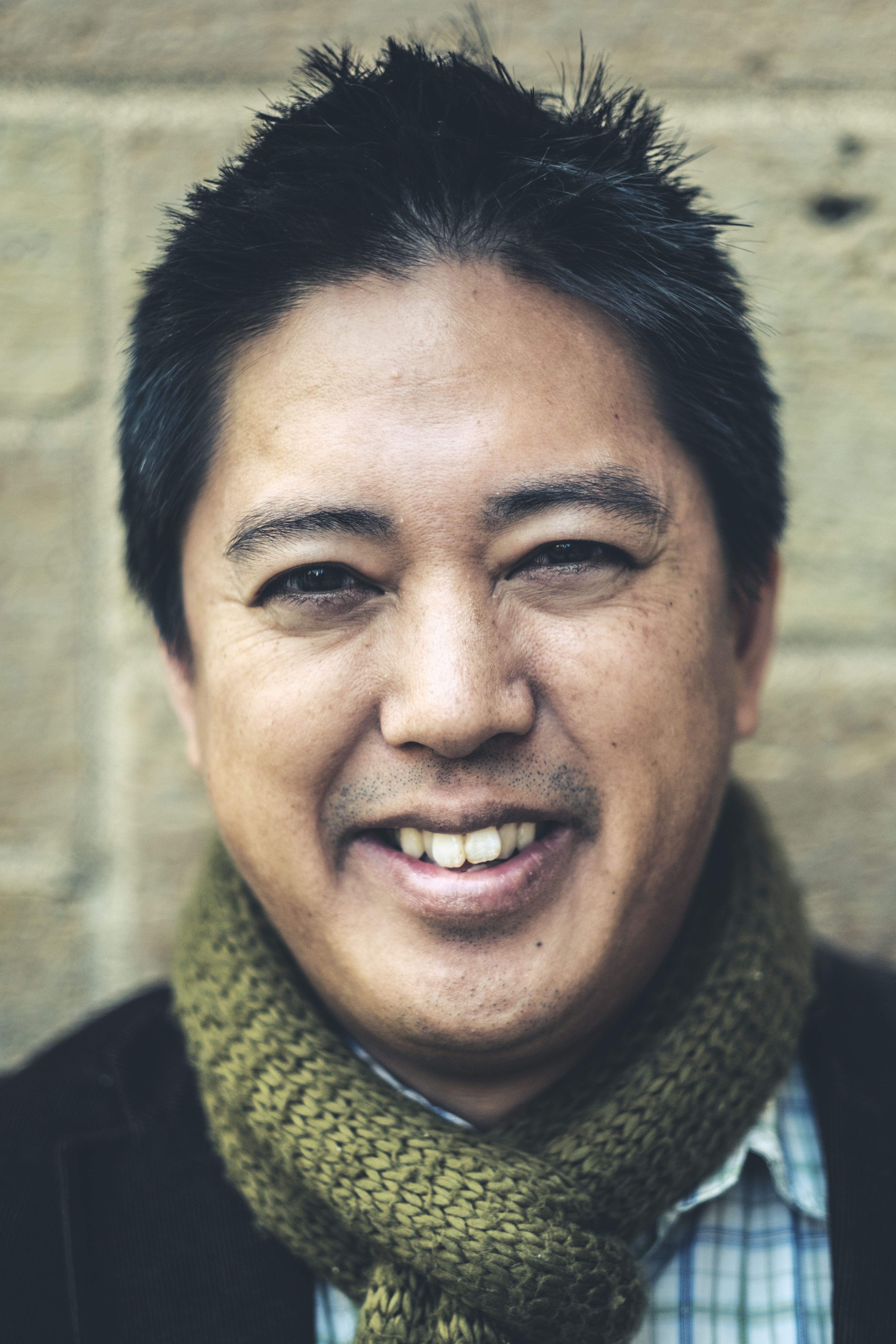
Photo by Rafael Hernandez
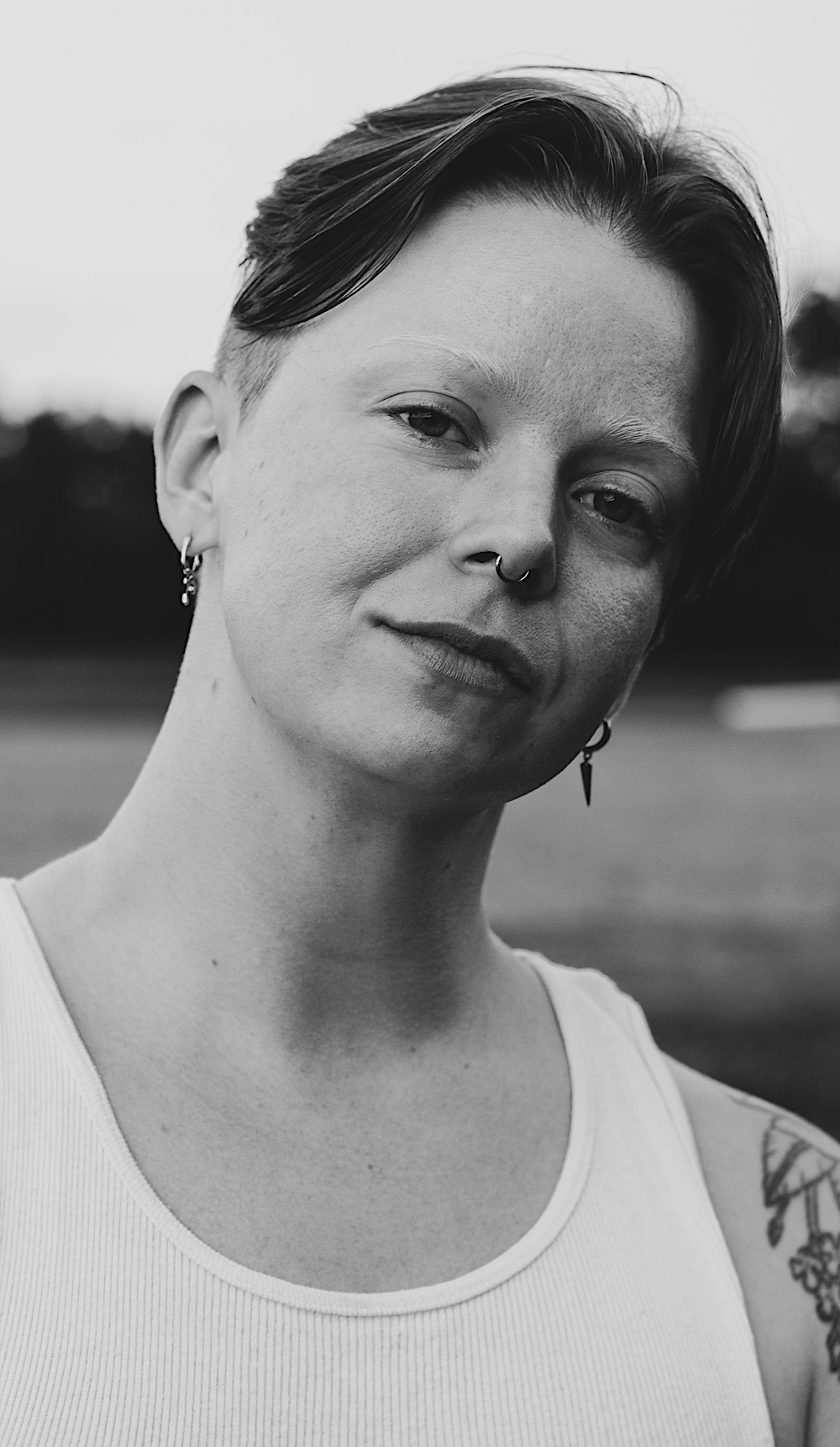
Photo courtesy of Tara Duckworth
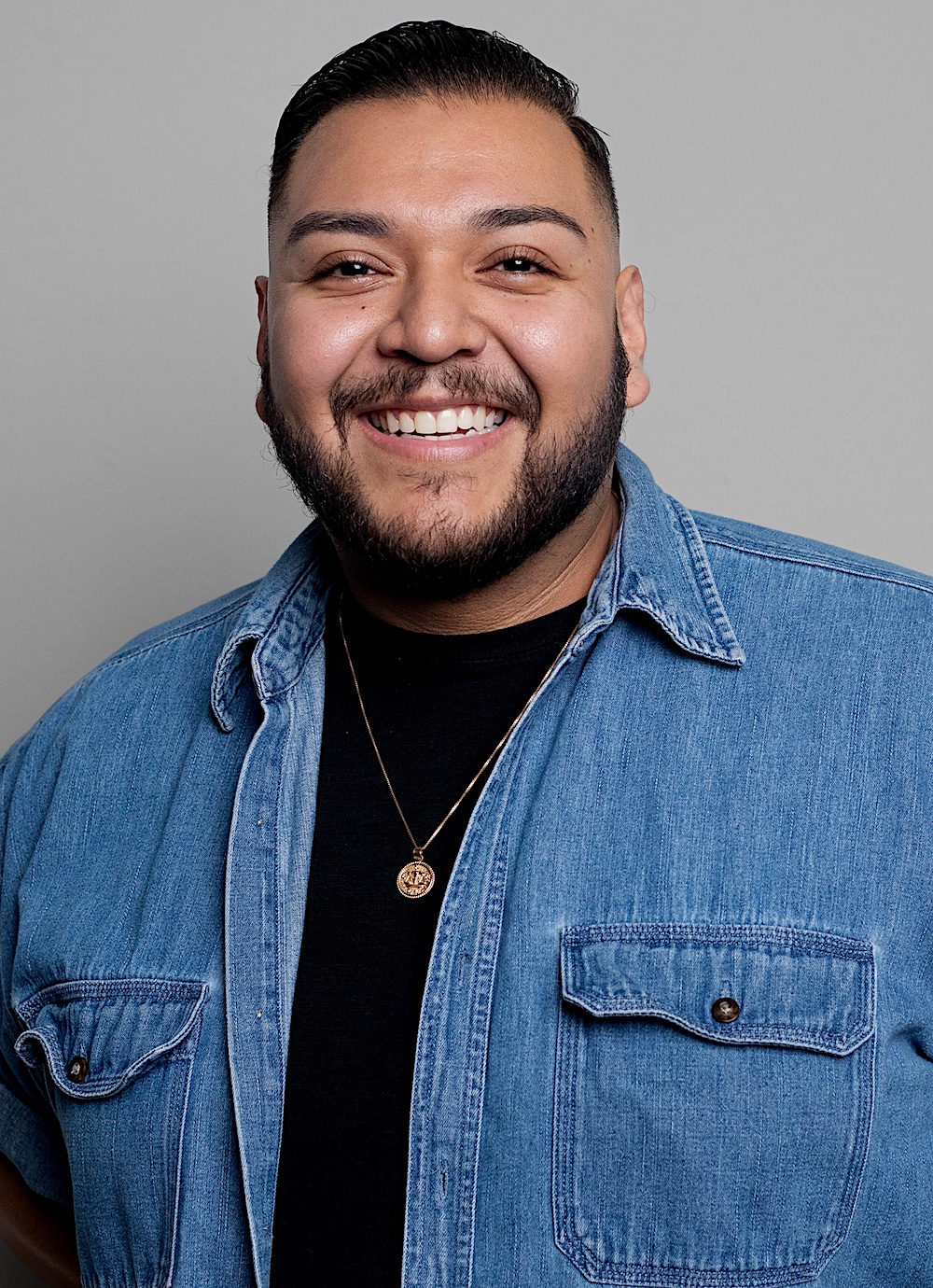
Photo by Bradley Miller